Gluten-free means trouble for many bakers. As a vitally important protein in creating bonds within many textures of breads and cakes, baking without gluten can be quite a feat.
Thankfully, living and baking gluten-free are becoming more and more common, and alternative flours are easily accessible. As a result, the gluten-free global market is expected to grow in value from $5.6 billion in 2020 to $8.3 billion in 2025.
And how does this translate to the world of baked goods? In 2018, 27 percent of all global gluten-free food sales were baked products. For many of us, baking is a way to share love and exercise an art. But for many others, baked goods are an easy trip to an upset stomach from gluten intolerance or allergic reactions, like celiac disease.
If you’re interested in learning gluten-free baking for your business, friends, or personal preference, you’re in the right place! Here are our 10 tips for gluten-free baking for beginners.
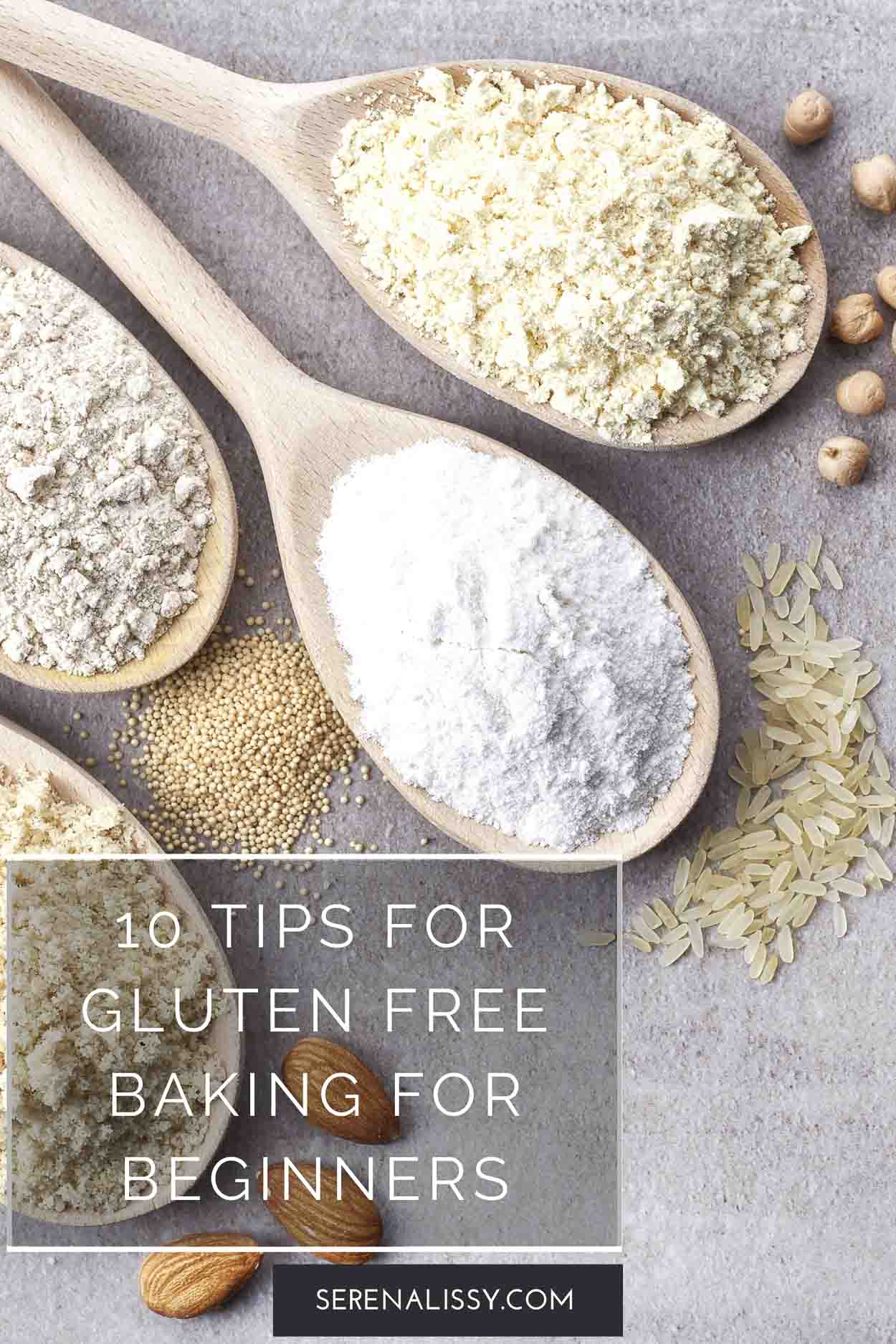
Start with Simple Gluten-Free Baking At Home
There’s no shame in starting with basic recipes when creating gluten-free bakes for the first time! Gluten is responsible for many traditional chemical reactions in bakes. However, learning to bake without gluten can result in a wide variety of different textures, tastes, and baking times.
Don’t be afraid to focus on simpler recipes when you’re first experimenting without gluten. Simpler dishes like cookies and pancakes are delicious and a great first step to gluten-free foods.
Identify Which Bakes Traditionally Need Gluten
A key step to understanding and baking without gluten is spending the time to identify why gluten is traditionally helpful. We explored a wide variety of flour types in our article on Flour 101 – The Different Types of Flour and When to Use Them.
From all-purpose flour to bread and cake flour, the amount of protein in a flour mix is directly correlated to gluten in a mix. Gluten is the protein most responsible for the stretch and chewiness of bread.
A smaller amount of gluten allows cakes to be more tender than bread. And pie crusts can remain crumbly thanks to minimal amounts of gluten in their mix. When it comes to gluten-free products, you’ll need to pay careful attention to bread mixtures to achieve anything close to a bake with gluten traditionally used.
Use Containers with Walls for Baking Structure
Speaking of gluten-free bread, most of its structure and ability to rise effectively comes from gluten protein. When baking with gluten-free bread dough, using a baking container with walls for support can help keep its integrity.
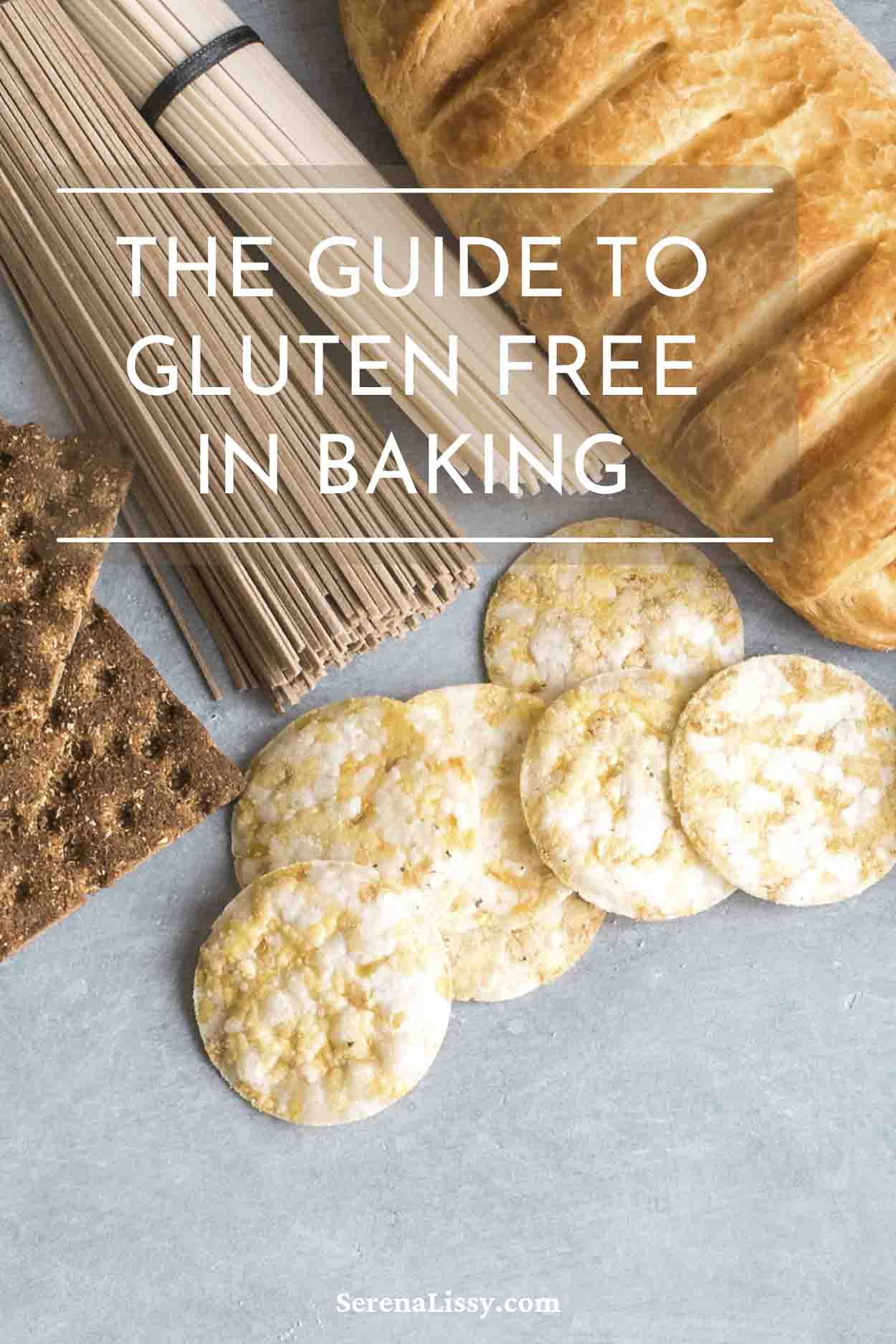
Mix Gluten-Free Doughs More Slowly
Gluten-free batters are thinner than traditional batters and doughs. As a result, you’ll find that there is less snap-back and pull in gluten-free recipes. As a general rule, mixing your yeast breads and other things like cake batter more slowly is more beneficial.
This can encourage your mix to come together for a cohesive bake. On the other hand, if you mix too quickly, your batter or dough may fail to stick together, and you might find your already-thin mix a liquid mess.
Finding the Right Gluten-Free Flour
Unfortunately, swapping all-purpose flour for gluten-free flour is not a simple matter! Most of the time, to properly emulate all-purpose flour, a gluten-free flour blend is needed.
King Arthur’s Gluten-Free All-Purpose Flour is a popular choice that includes a blend of white rice flour, whole grain brown rice flour, and starch. The tapioca starch and potato starch in the mix do a wonderful job of lending structure to bakes that typically rely on gluten. There are such a variety of gluten-free flours on the grocery store shelves. This is one of the key reasons we recommend simple recipes to start with. It takes a bit of experimenting to learn which gluten-free flour is best for baking. Experiment to learn which flours do you like the taste of. People ask all the time does gluten-free taste the same. And my response is always no, it doesn't, but it can be pretty close to the traditional recipes. But you need to understand which flours work for your recipes and which you like the taste of.
Baking at a Lower Temperature
As if mixing and preparing a gluten-free recipe wasn’t hard enough, choosing a temperature and timing for your gluten-free bake requires more care and alterations. Gluten-free bakes often perform better at lower temperatures for longer periods of time.
This is because of the increased amount of moisture in gluten-free mixes, which need to be coaxed out slowly.
Replacing Gluten with Other Thickeners
Since gluten is such a vital ingredient for structures of bakes, many gluten-free recipes call for alternative thickeners like xanthum gum, arrowroot, and guar gum. Starting your gluten-free baking experience with specifically gluten-free recipes is a great way to test the waters!
But we don’t recommend skipping the thickener if the recipe calls for it. Don’t worry; many thickeners are repeated in other recipes, too!
Test Baking Times to Avoid Gumminess
Unfortunately, baking with gluten can also be a trial and error experience to avoid gumminess. Freshly-baked goods hold a fair amount of steam inside. This is especially true of baked goods that contain starch and xanthan gum which hold onto moisture well.
To prevent this extra moisture from turning your bakes gummy, be sure to let your bakes cool outside of their original baking pan on a wire rack. Some bakes even require extra baking time if they contain these thickeners.
The baking toothpick test is a great test for traditional bake readiness; some gluten-free bakes need to be baked beyond this point.
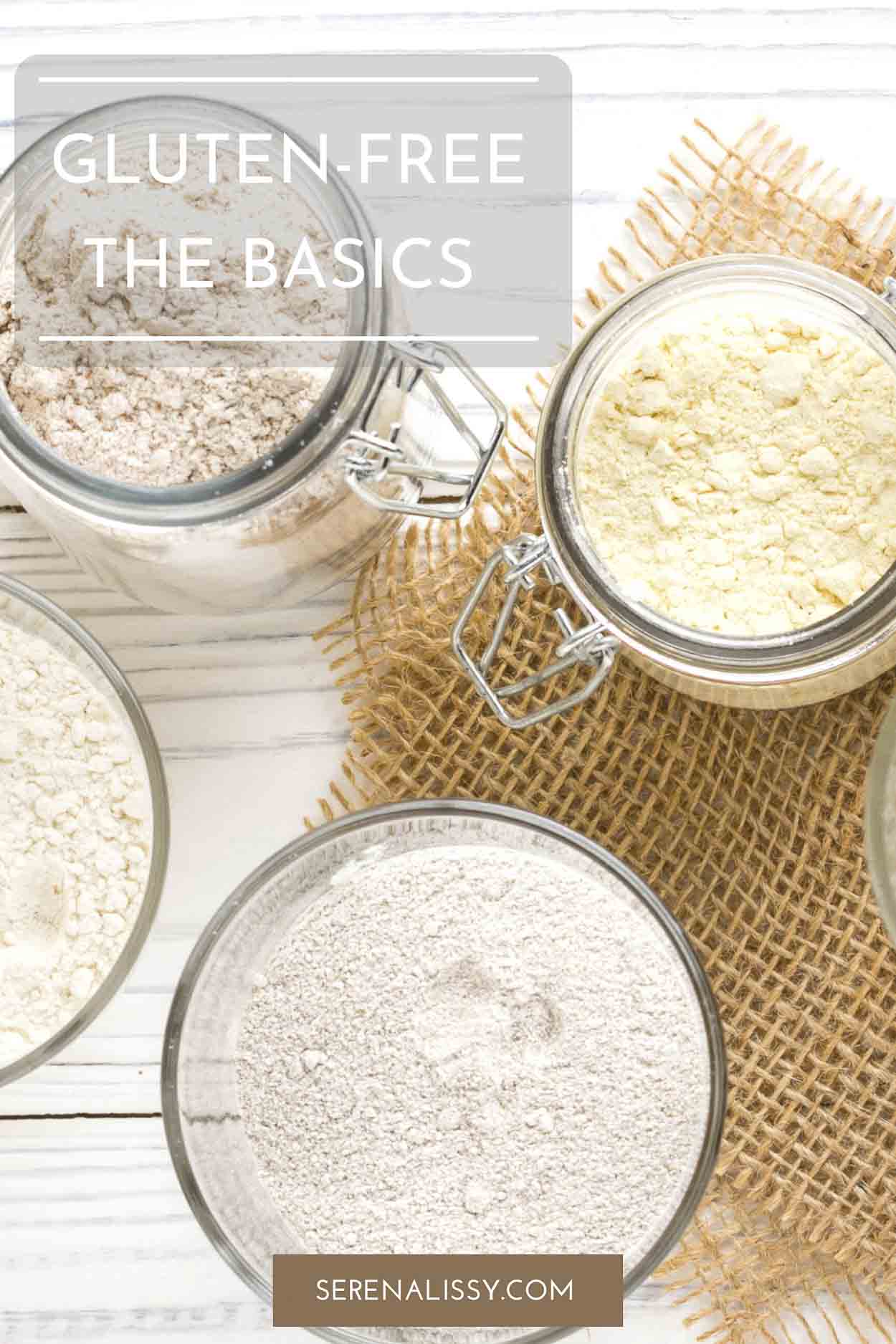
Keep the Milk & Eggs When Possible
While creating delicious bakes without eggs is far from impossible, haphazardly replacing eggs with flax eggs or other alternatives can ruin a bake. This is especially true for gluten-free recipes.
Eggs provide structure and lift to many baked goods and many gluten-free mixtures; therefore, they rely on eggs to provide support in a complete bake. Instead of replacing eggs, milk, or other traditional ingredients when trying a gluten-free bake, look for a specifically designed recipe without these in mind.
Make Enough for Leftovers!
Gluten-free baked goods are not unheard of but are significantly harder to find in stores compared to traditional gluten counterparts. Gluten-free options are also typically more expensive at the time of purchase.
Once you’ve aced a gluten-free recipe, make sure to make enough to have leftovers for a snack later. Use your freezer to store delicious cookies and even a loaf of bread to save you when a craving strikes! This is so much better than running to the health food stores every time you get a craving for a snack.
Gluten-Free Baking Tips
When it comes to delicious baked goods, everyone should be able to indulge and enjoy! By starting your gluten-free baking journey with a few tried and true recipes, you can quickly learn how to make accessible treats for everyone as you slowly work your way up to creating your own blend of gluten-free flour mix for future bakes.
Don’t forget to save a few batches for later! Get started today with one of our favorite cake recipes, our Easy Gluten Free Chocolate Cake, here on SerenaLissy.com.
Looking For More Recipes?
Subscribe to my free newsletter to get new baking tips in your inbox monthly. Find me sharing new recipes and tips on Pinterest, Instagram, or Facebook.
As an Amazon Associate and member of other affiliate programs, I earn from qualifying purchases. What that means is if you click on one of our affiliate links, they may toss a few pennies our way for a commission.


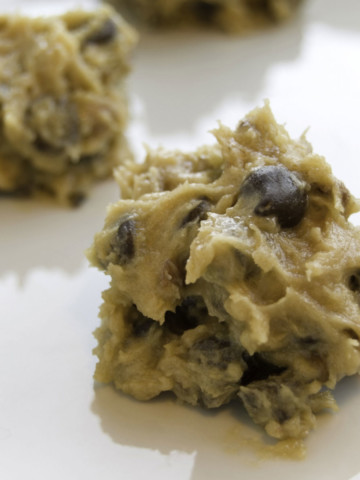
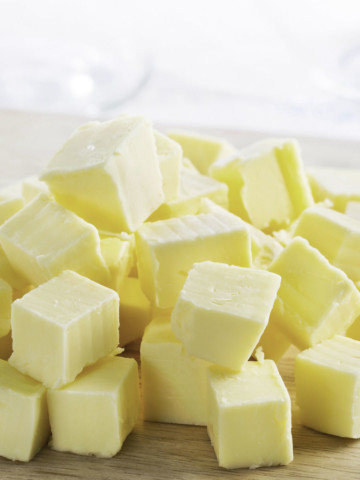
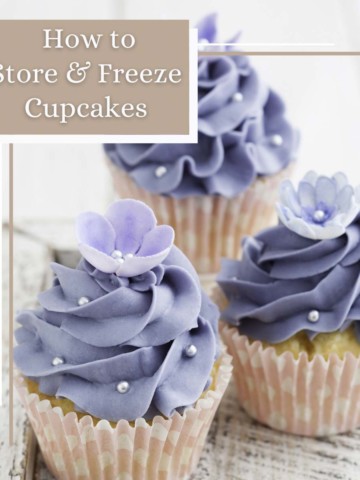
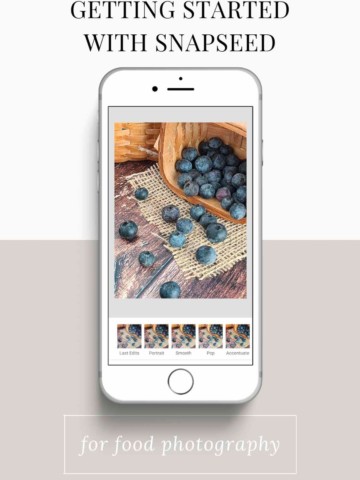
Amy says
This is such a useful post, it's answered so many questions I had about gluten free baking!
serena says
Thanks Amy!
Beth says
These tips are so helpful and definitely interesting to read! Perfect for my husband’s family comes over and easier to know! Thanks you for this post! 🙂
serena says
Thanks Beth!
Liz says
One of my good friends is gluten free so I've been trying to learn more about gluten free recipes! Thanks for this guide!
serena says
You are welcome Liz, I hope it helps 🙂
Jac says
Love this post so full of useful advice for gluten-free baking. There doesn't seem to be much info out there for this type of baking. I have pinned for later as I will want to consult the info again. Thanks!
serena says
Thanks Jac
Lima Ekram says
Great tips! Certainly learned something new today!
serena says
Thanks Lima!